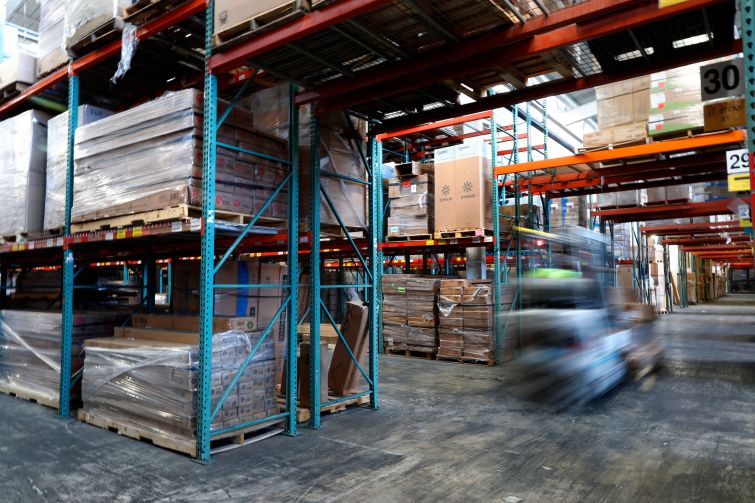The Boom Times in Industrial Real Estate Are Far From Over
By David Greek September 12, 2022 4:00 pm
reprints
Industrial real estate has been the standout sector in real estate for close to a decade. The pandemic only further entrenched its position. While other sectors of the economy ground to a virtual halt, consumers’ accelerated shift toward e-commerce made industrial one of the few assets to benefit from lockdowns and social distancing.
As one of the hottest commodities for investors in recent memory, industrial has seen the largest gains in terms of both rents and asset prices for properties in prime industrial markets around the country, particularly in the Northeast.
However, as interest rates have rapidly risen over the past six months and the downslide of the U.S. bond market has continued, the economy at large is experiencing a huge amount of uncertainty from real estate investors and lenders alike. That feeling is especially unfamiliar in the industrial sector, and many feel that even the slightest slowdown in deal activity and liquidity across the market must mean that, after so many years of sustained growth, it has finally peaked.
While these factors compound to create anxieties around the near future of industrial, in taking a broader view of the market, we can see these concerns are largely unfounded.
Looking at current supply and demand data for the industrial market, there are no signs of any impending slowdown. Vacancies are historically low, rents continue to set records across most markets, and developers are starting to slow the pace of delivery, which drives demand even further. Despite a slower pace of warehousing product coming online due to higher development costs, longer lead times for materials, and more grassroots organizations opposing commercial development in certain markets, demand remains significantly higher than the delivery pipeline for new industrial space in the Northeast.

On top of that, the paradigm shift the industry experienced with the onset of the pandemic — the necessary conversion of brick-and-mortar shoppers to online buyers — isn’t going anywhere. While a small decrease in certain segments of e-commerce is expected as people edge back into normal shopping routines, online ordering will continue to grow its share of the overall retail market. Even with Wall Street entering a bear market, and slews of investors losing their gambles with cryptocurrency, people today have more savings, own more homes, and have more built equity than ever before.
A widely noted shift in consumer spending toward services and away from expensive durable goods in the first half of this year has many worried about the financial health of e-retailers as they deal with record inventories. Where will all those excess goods be stored? That’s right, in industrial buildings — further exacerbating the scramble for space.
There are strong employment numbers across the economy — even industrial developers who are not actively deploying capital into new projects are still hiring — and this is something the federal government will factor into its economic forecasting. Employed people, salaries and raises on those salaries help to ballast the overall economy against the rising expense of debt. The economic fundamentals, aside from headline inflation, are stronger than they’ve been for a long time. Employment is at historic highs, and wages across all industries are increasing. Despite an uncertain and difficult environment, most businesses continue to post record profits.
Capital is being ultra-cautious in this environment. Over the last decade, it has been extraordinarily easy to raise funds from investors for industrial developments and acquisitions. With many investors taking a wait-and-see approach to this uncertainty, capitalizing deals has become a much more critical part of planning for new projects.
Investor appetite for industrial property was so insatiable for the previous five years that finding a capital partner was significantly easier than finding a deal to invest in. That dynamic has now inverted, where there are more interesting projects than there is capital willing to invest in them. While there are still investors willing to take risks, they are less likely to take risks on sponsor execution when they have the choice to invest with a proven partner.
While capital markets are constantly in flux, good real estate stays good real estate — and many of the dynamics that fueled the sector’s explosion are far from spent. Despite recent negative headlines and the inevitable twists and turns of the broader economy, industrial developers and investors can count on continued growth over the next decade.
David Greek is a managing partner of Greek Development, an industrial real estate firm based in East Brunswick, N.J.


